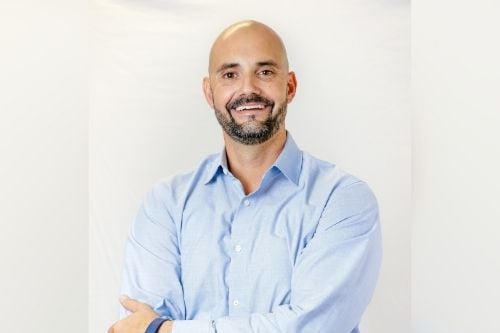Lender explains how a new strategy can perfectly serve investors in an unsteady market

If the past year has taught us anything, it’s that markets can turn on a dime.
Going from the depths of a pandemic, into a refinance boom in residential mortgages and the rapid growth of single-family rental (SFR) volume on the commercial side has shown every mortgage professional that being flexible and fluid is key. The same principles apply to real estate investors, who have had to change their projects mid-stream as market conditions and demand have shifted dramatically. While we remain on unsteady ground, investors need products and lenders that can accommodate shifts in strategy.
One private real estate investment lender is doing just that. LendingOne, a company initially founded by investors, is expanding its product suite by offering new ‘fix to hold’ products. Whereas in the pre-pandemic market, fix and flip strategies still netted serious profits for investors, now the competition for single-family properties of any kind makes a quick turnaround far less profitable. Instead, LendingOne is helping investors shift into the SFR market after they’ve fixed up the asset.
“A fix-to-hold in essence is a purchase, repair, and refinance loan scenario,” said Mark Zummo-Hurley (pictured), wholesale manager at LendingOne. “Many times, an investor acquires a property that needs cosmetic or mid-level repairs to increase both the market rent and value of the property. The intention is to keep the property as a rental, to add to their building real estate portfolio. An investor is likely to go this route to create a profit margin in a property that may not be readily available in its current as-is condition. This value-add allows them to build equity and is an ideal opportunity for a cash-out refinance once the property is completed with an executed lease.”
Zummo-Hurley explained that the fix to hold model requires two loans. The first finances the renovations for the property, and the second allows for permanent financing. The strategy allows investors to make SFR properties out of assets that wouldn’t necessarily offer enough of a profit margin to begin with. It’s a strategy that Zummo-Hurley believes can draw more investor business in a savvy broker’s direction.
Nevertheless, he noted that there are pitfalls when pursuing this strategy. Investors could overpay for a property that does not have positive cash-flow, or they could over-improve the property while the rental market around them doesn’t keep pace with the costs that now must be factored into the rent. They can often assume, too, that financing will be in place for the permanent loan takeout. Brokers, in partnership with LendingOne, can serve as advisors to investor clients, guiding them away from these mistakes.
LendingOne offers direct support for that advice, analyzing each deal to ensure that monthly rents are profitable for the investor and they are receiving at least a 1.15 debt service ratio, or more, in positive cash flow per month after the PITI is collected. Their fix-to-rental loan program comes with a seamless refinance loan product that can transition investors quickly into this model.
Zummo-Hurley believes that brokers and originators looking to expand their reach in investor communities can use a fix to hold strategy and, with LendingOne on their side, start rapidly increasing their volume in the investor market.
“Fix to hold strategies offer brokers another lending solution for their clients. If an investor is looking at value-add properties, then this is a perfect fit,” Zummo-Hurley said. “By offering solution-based financing options, they can be the hero that saves the investor’s day, especially by offering a stated income loan, that is not DTI but DSCR driven, and can close within 20 business days.”



